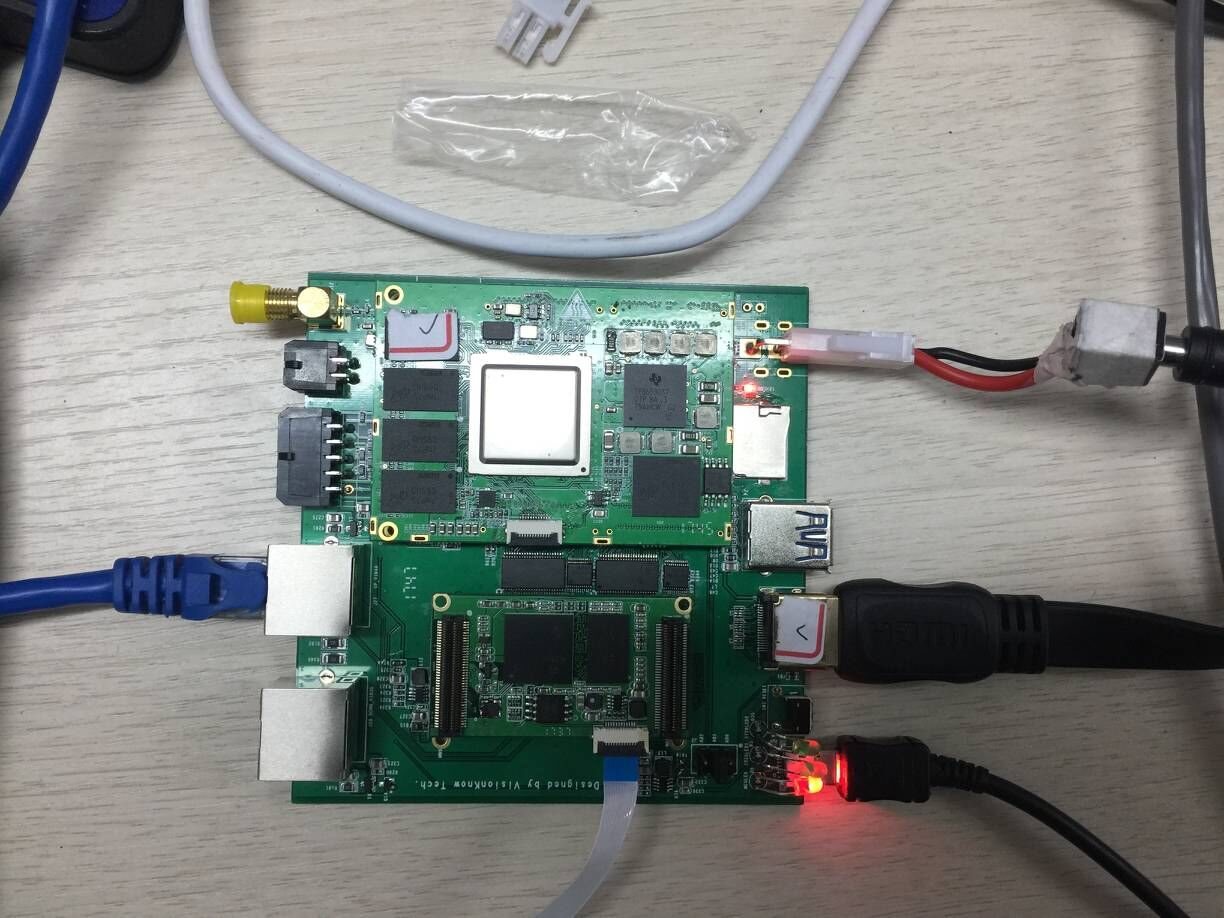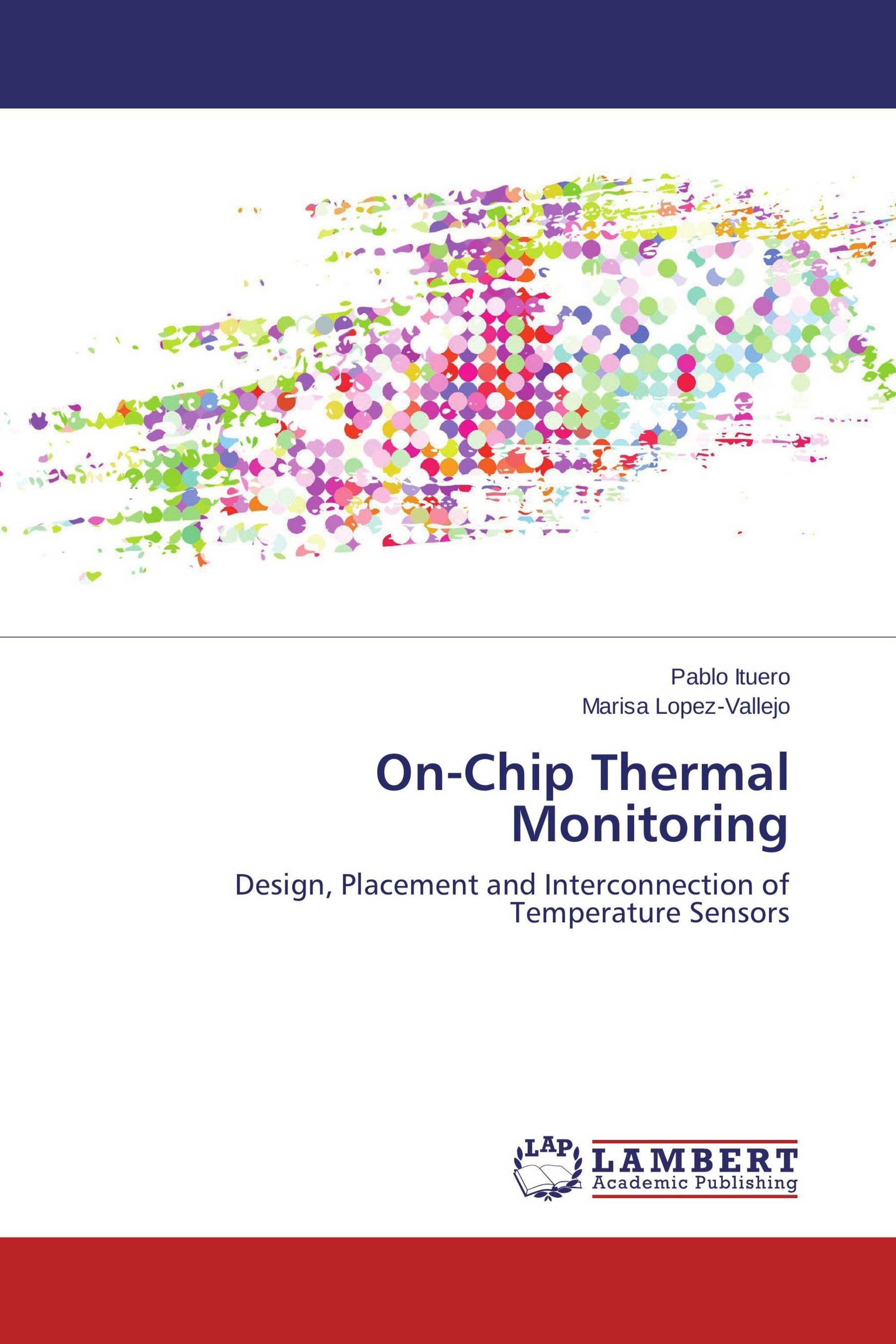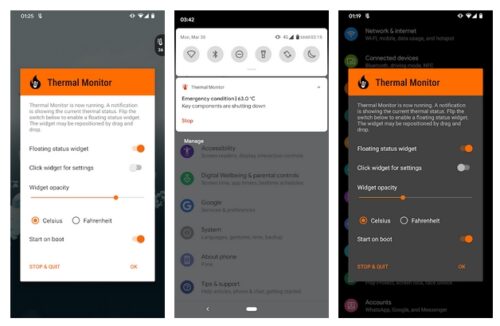

- #Linux thermal monitoring how to#
- #Linux thermal monitoring install#
- #Linux thermal monitoring software#
- #Linux thermal monitoring windows#
Ssh is the IP address that your system have gotten from your router. Open up your Terminal (or Putty is a great way if you are on Windows) type in the following: Now we want to connect to the Orange Pi Zero through the network. From our experience this is often caused by either wrongly flashed SD card, bad SD card or bad Power Supply. Try to read the beginners guide linked above or search online for solutions to your problem. If you can’t get the red LED to blink it indicates that something is wrong. The Orange Pi Zero will now automatically power on and start booting, be patient and wait for the red LED to blink. Connect the network cable (from your router/switch) and the power cable. Put the freshly baked SD card into the Orange Pi Zero.
#Linux thermal monitoring windows#
Etcher is a tool that have worked flawlessly for us on both Linux and Windows clients. Grab the latest Armbian release and follow their guide for flashing. We need to flash the Armbian image to the SD card. The Armbian Documentation is a good place to start looking if you encounter problems. Even more beginner? This “ Beginners Guide to the Orange Pi Zero” written by Luc Small” is a excellent start for the newcomers! And it fits perfectly for this DIY tutorial. If you feel you don’t have that, do not panic! There exsits a lot of information online.

In this tutorial we assume that you have basic knowledge of how Armbian / Orange Pi / Raspberry Pi systems work.

Currently this is our beta version, we have plans for improving this solution over time. Do It Yourselfįrom now on this will be a DIY tutorial so that you can replicate what we have done to make your own temperature monitoring probe. Mainly due to that we like the small size of the Orange Pi Zero combined with wired Ethernet and what we had in stock when doing this. However, we haven’t tried this ourselves.

#Linux thermal monitoring software#
The Raspberry Pi should have the same 1-WIRE kernel support and the rest of the software should be compatible. If you want, we do not see any problem with implementing this on a Raspberry Piinstead of the Orange Pi Zero. Several places have them or similar: Adafruit, Sparkfun, Ebay search. We use similar as these, they are in a useful casing pre-terminated with a 1M/2M lead. Currently we use a 2A 5V PSU, but we think you should be fine with a 1A-1.5A as well (not confirmed). We have used a 16GB card we had laying around. In order to build this, you need the following parts: In the server/networking world SNMP is the industry standard protocol for transferring monitoring parameters such as temperatures, etc. This server could be anything from a self written script to more complex setups such as Nagios, Zabbixor LibreNMS to mention a few.
#Linux thermal monitoring install#
Then we can install the SNMP Daemon software (Net-SNMP), which is an SNMP agent that can answer SNMP requests from a central data logging server. With this combination of hardware we can interface the DS18B20 sensors through one GPIO pin and read out the temperature (1-WIRE / “One Wire” kernel support). DS18B20 temperature sensor in a rack cabinet The Orange Pi Zero is running Armbian, which is a Lightweight Debian (or Ubuntu) based Linux distribution. To monitor the temperature in one of our netweork equipment cabinets we have made a system based on a cheap small Orange Pi Zero combined with the classic Maxim DS18B20 temperature sensor.
#Linux thermal monitoring how to#
This blog post will show you how to build your very own temperature monitoring system in a step-by-step-fashion. Our monitoring applications could be anything from room temperatures, cooling systems, server racks or as in this picture, network equipment cabinets: One of our Network Equipment Cabinets Therefore we need a different solution for long time monitoring. Sometimes we have done this with our DMM with data logging capabilities.But it’s a bad idea to impound our DMM’s for long periods. Here at Norwegian Creations we occasionally need to monitor the temperature of a system.


 0 kommentar(er)
0 kommentar(er)
